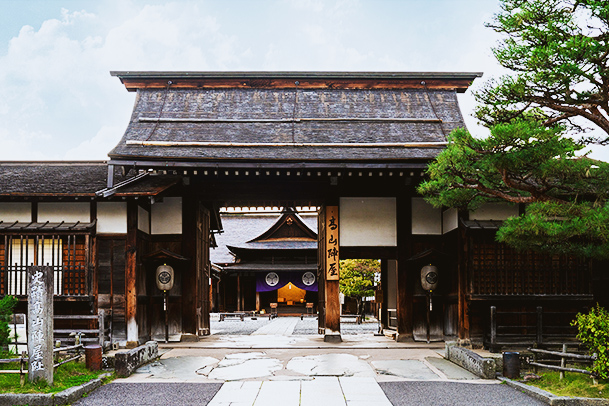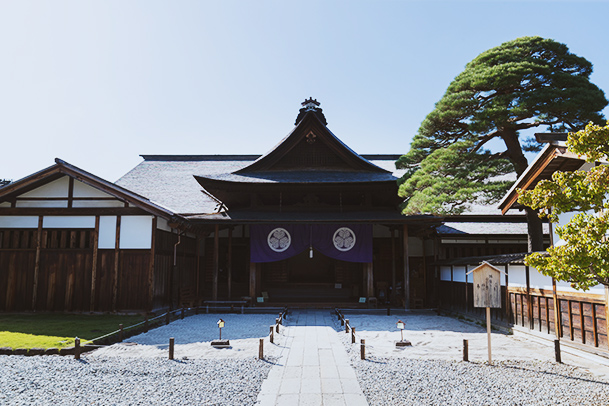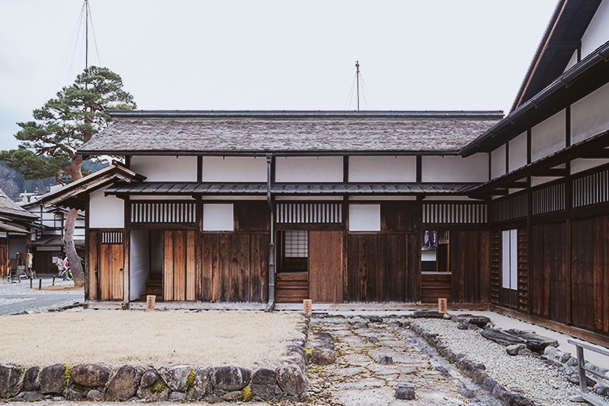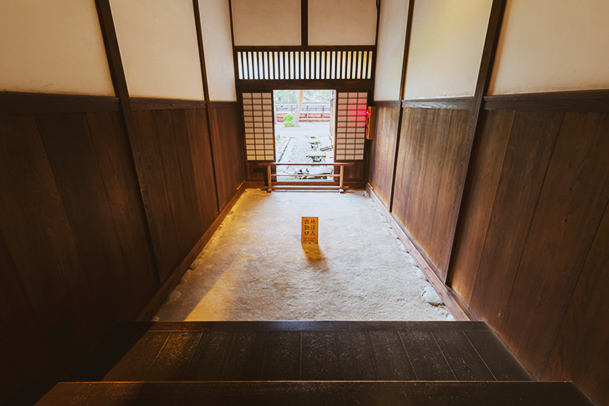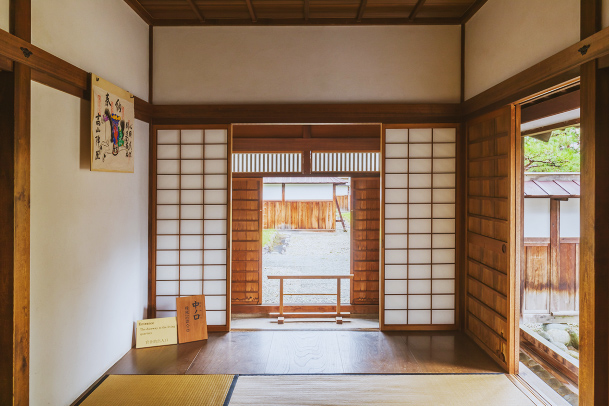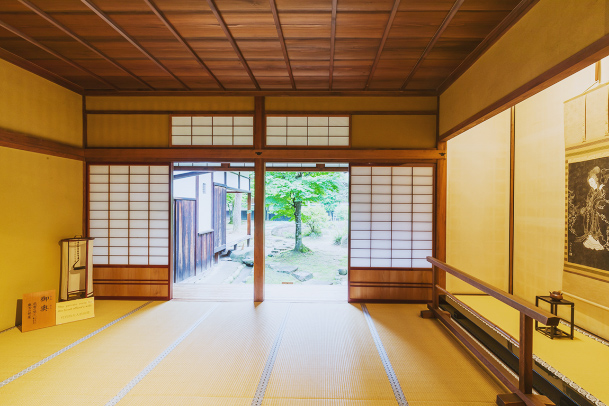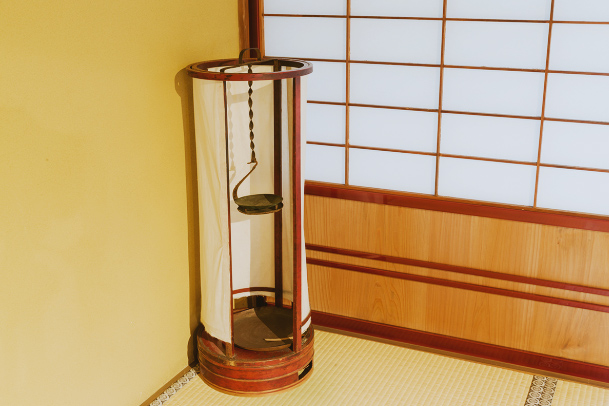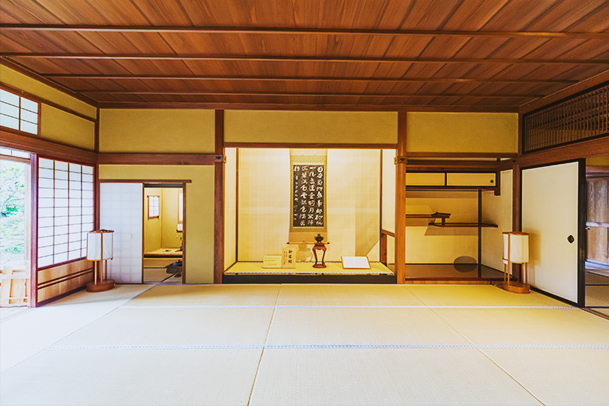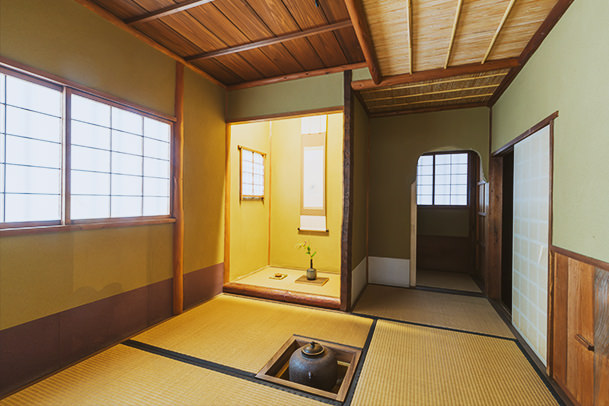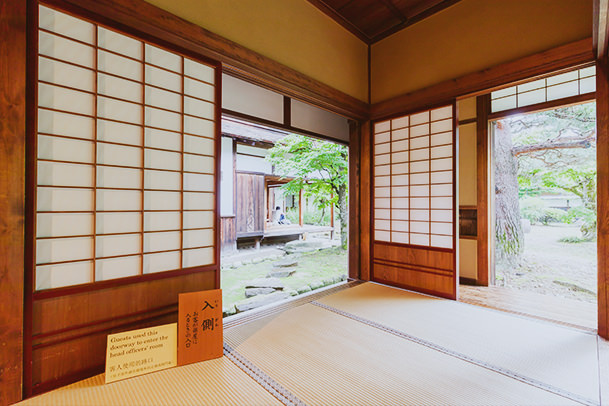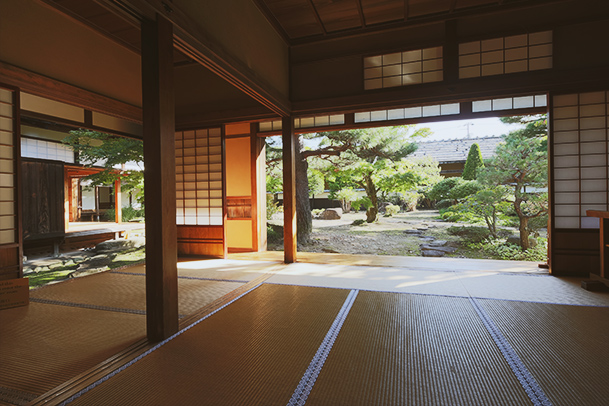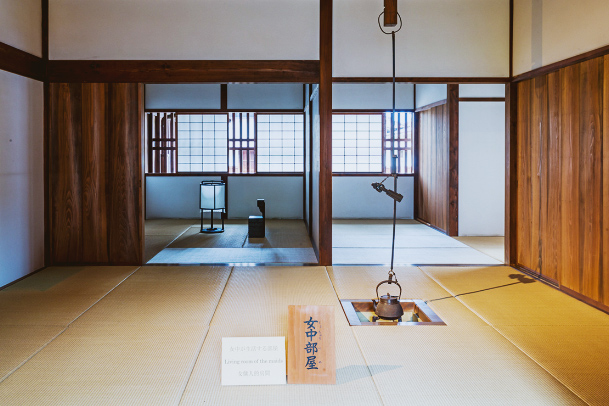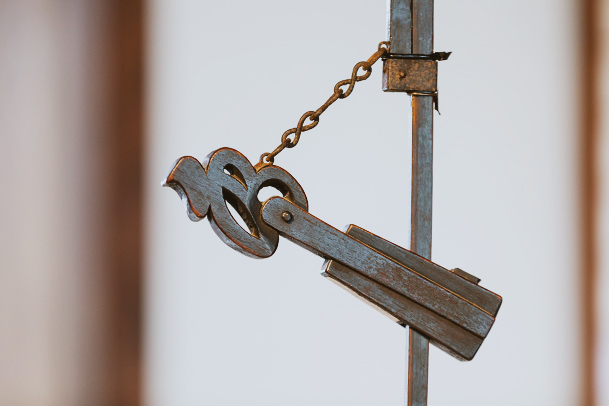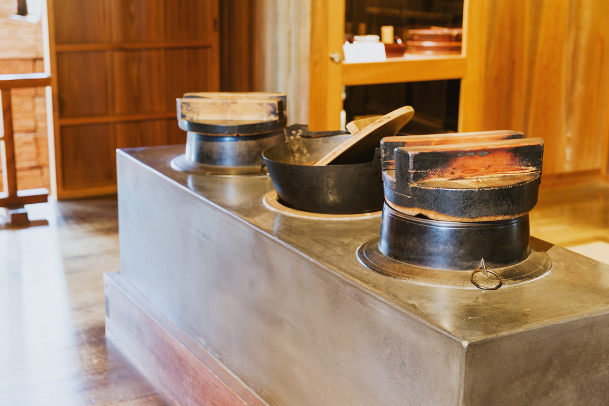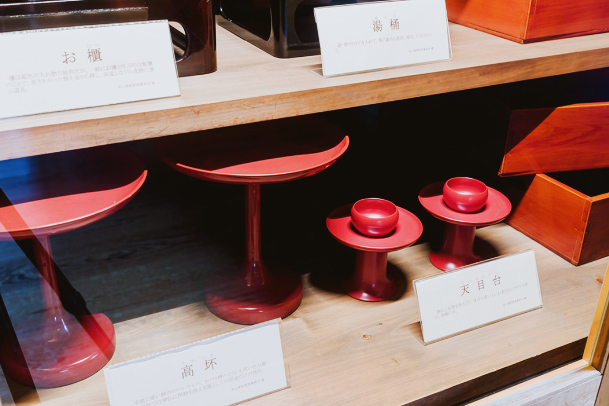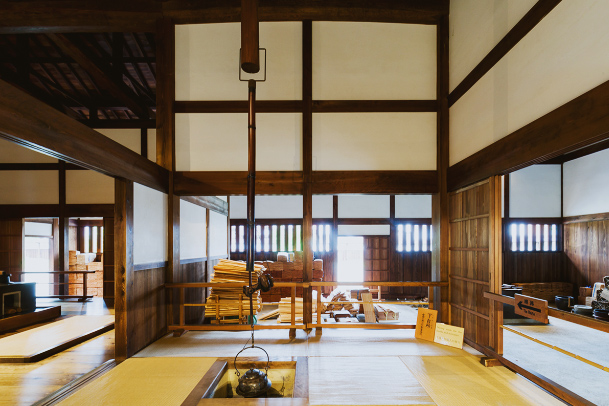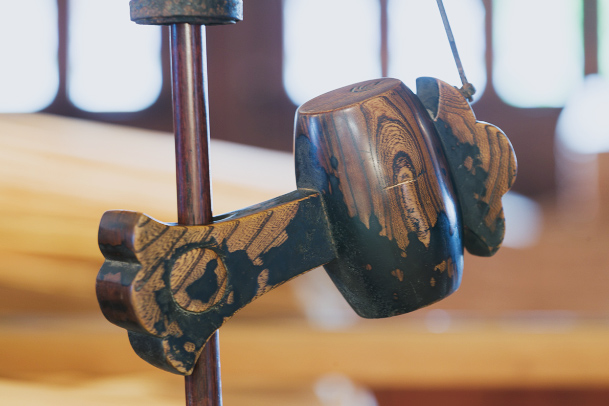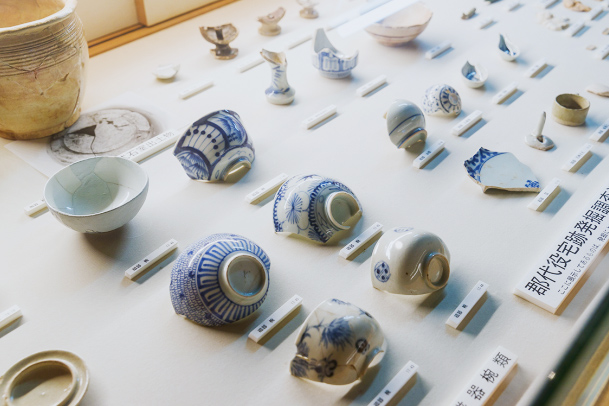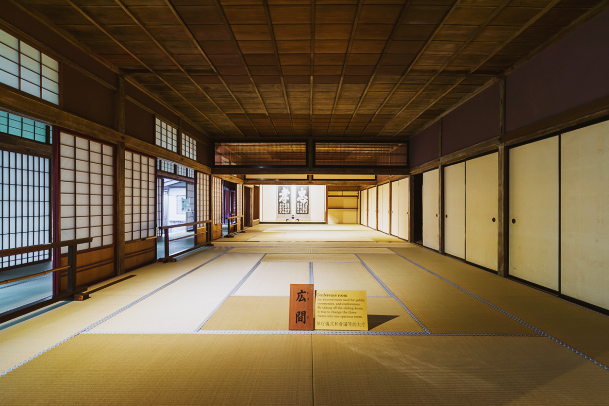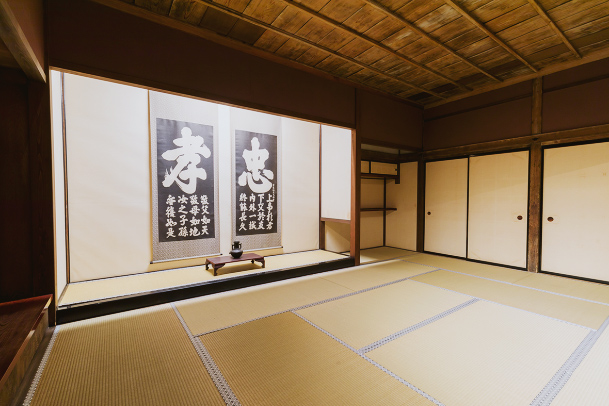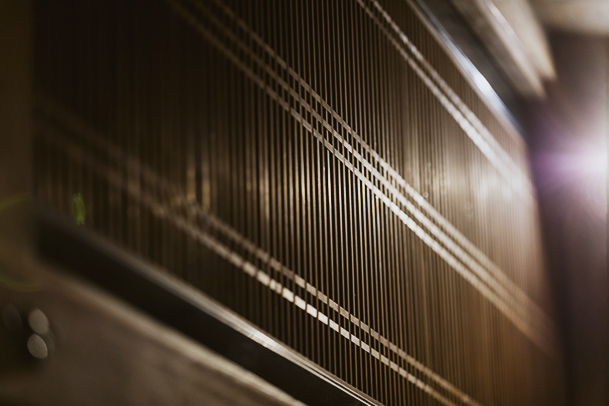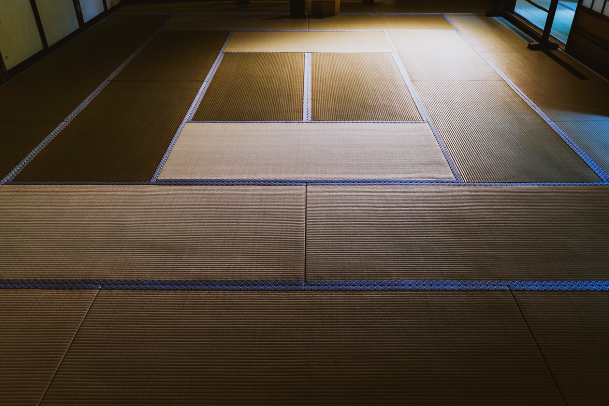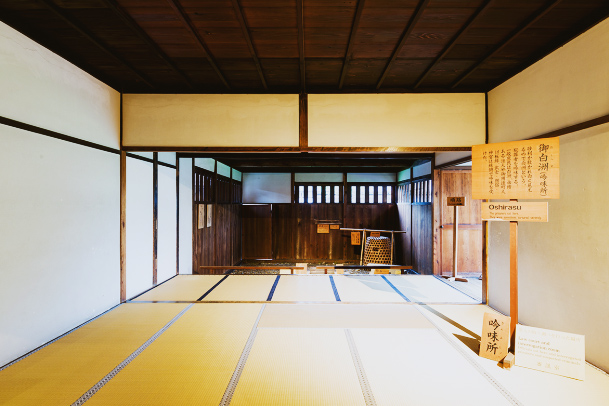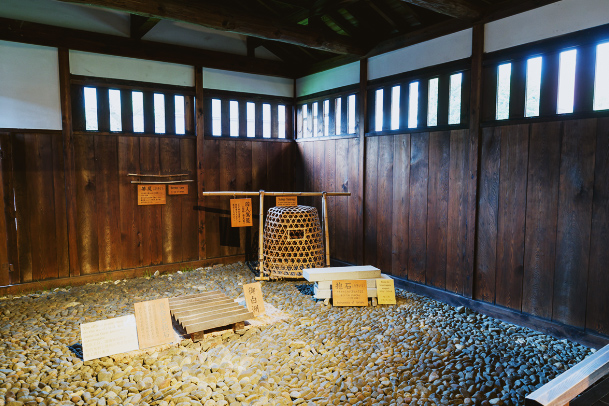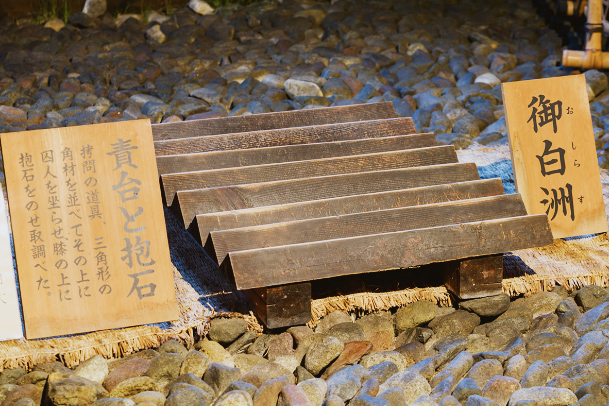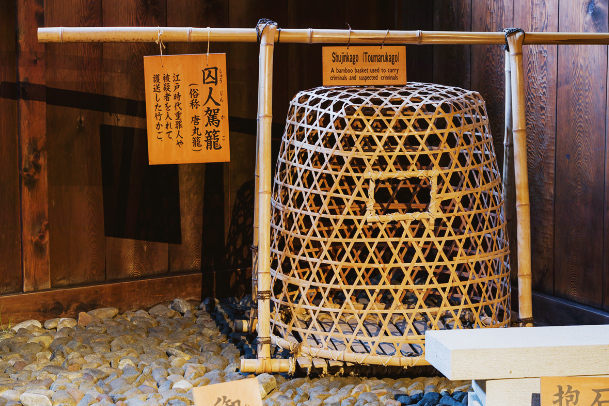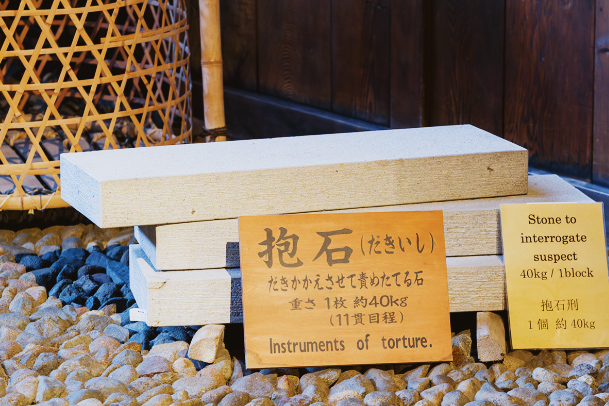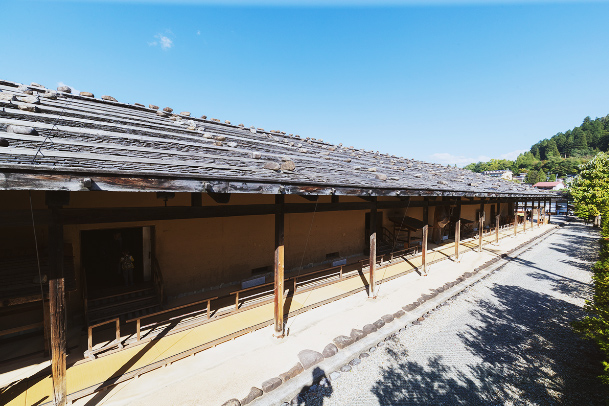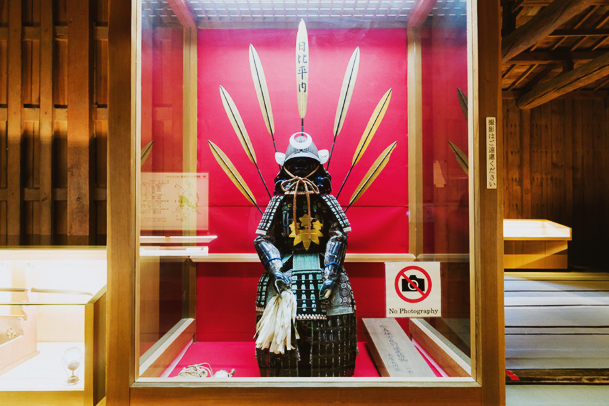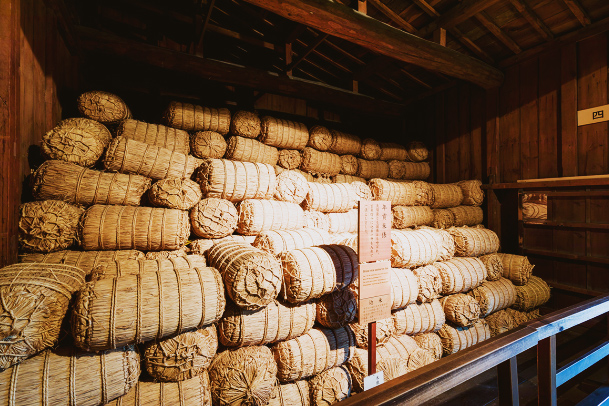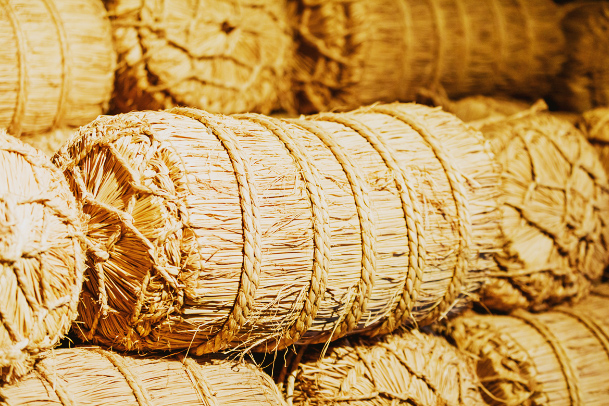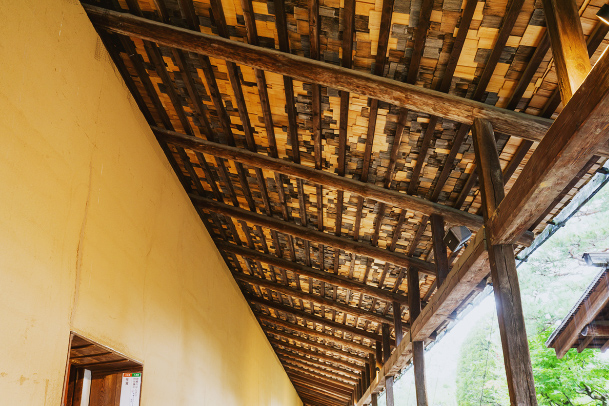Takayama Jinya consists of three elements: the office space where the provincial governor/magistrate and his subordinates worked, the living space where the provincial governor/magistrate and his family lived, and the rice granary where the annual rice tax was stored.
Tour Takayama Jinya
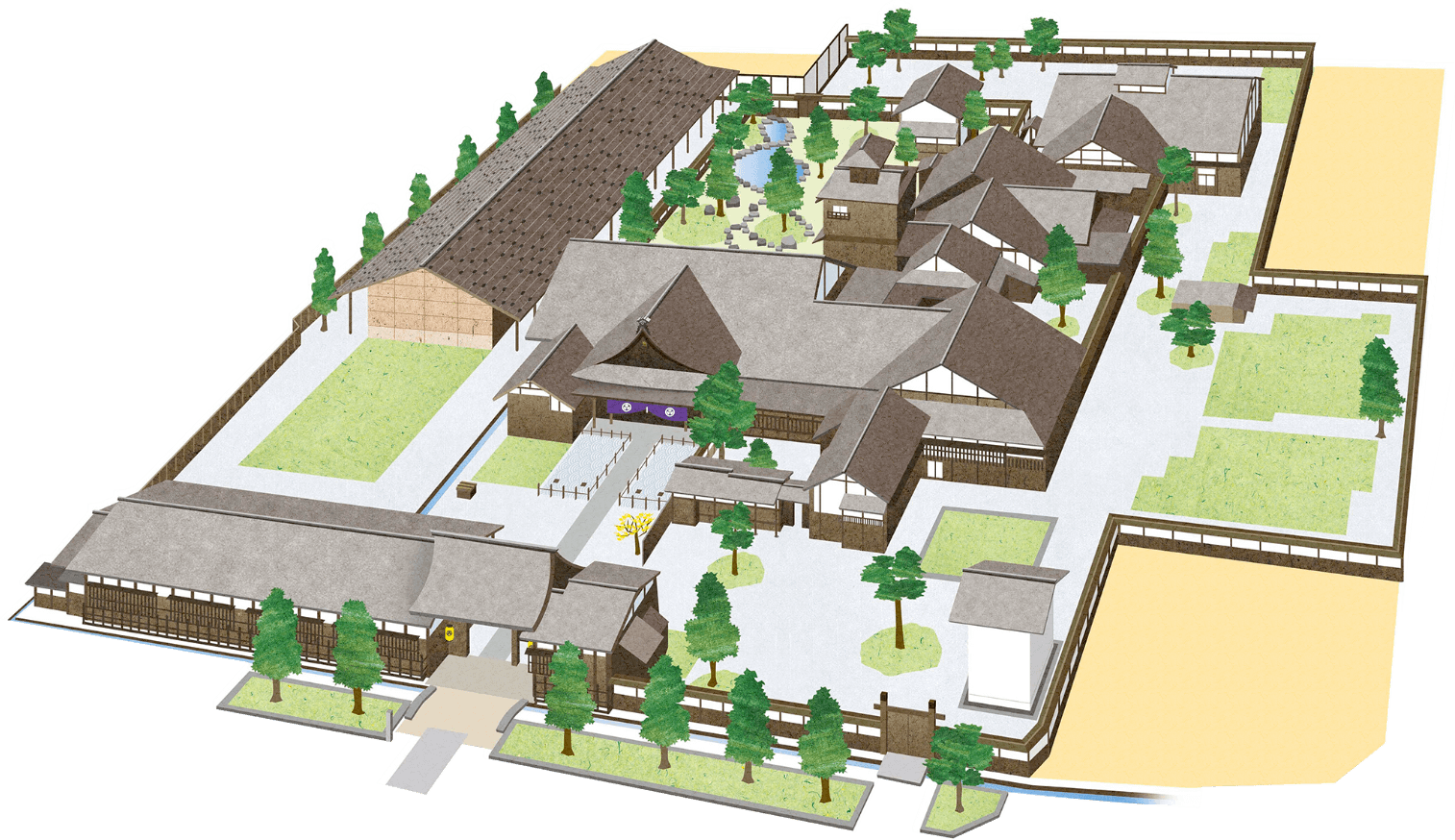
-
1
Front Gate
-
2
Entrances
-
3
Entranceway
-
4
Large Alcove
-
5
Government Office
-
6
Official Business Room
-
7
Office for Scribes
-
8
Guest Room
-
9
Living Room
-
10
Living Room of the Wife
-
11
Living Room of the Head Official
-
12
Maids’ Room
-
13
Kitchen
-
14
Reception Hall
-
15
Envoy Room
-
16
Law Court and Interrogation Room
-
17
Rice Storehouse
2.Entrances
There are seven entrances just for the government office section in Takayama Jinya. Social status determined which entrance a given person would use.
3.Entranceway
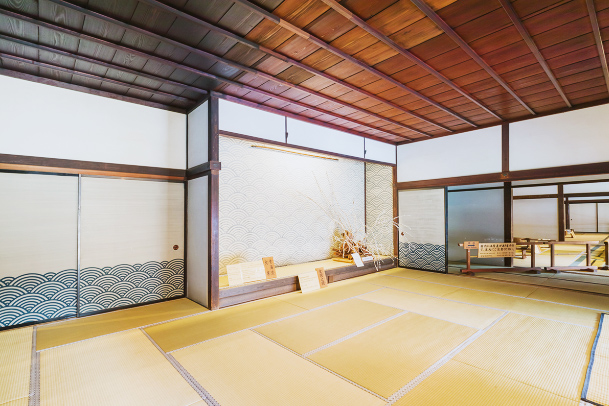
The entry directly connected to the entranceway could only be passed by provincial governors/magistrates or traveling inspectors dispatched by the Shogunate.
4.Large Alcove
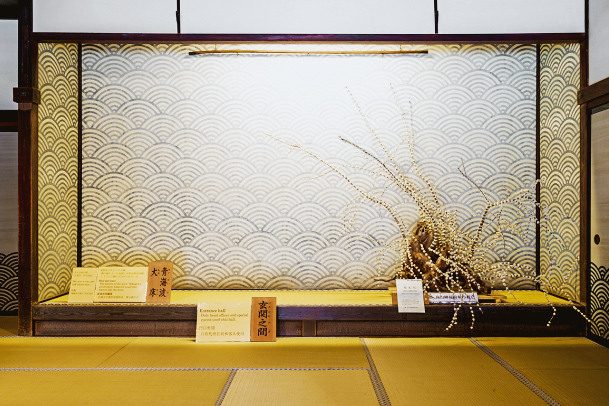
This is a tokonoma (alcove) that has an impressive presence with a width of 4.5 meters. This is painted with the seigaiha pattern.
See details5.Government Office

This is the room in which the provincial governor/magistrate and his deputy officers/clerks who served as his subordinates performed their official duties. It is the central part of the government office. They performed various tasks connected to local administration – including land tax collection, mountain and forest management, civil engineering administration, police work and judicial work – here.
*Deputy officers and clerks: Low-ranking government officials in charge of work as subordinates of the provincial governors and magistrates
6.Official Business Room
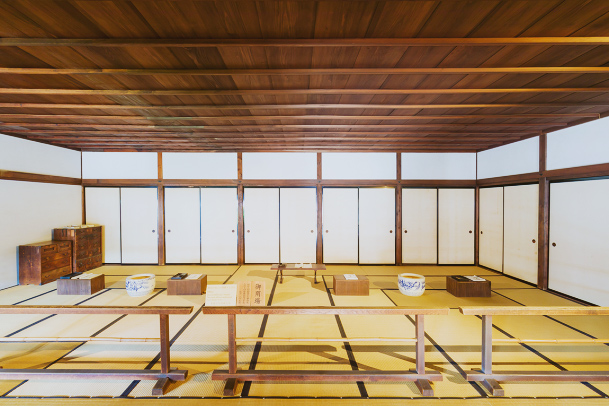
This is the room in which the former vassals of the Kanamori Clan who stayed in Takayama even after the clan relocated and who were then appointed as the provincial governors – that is to say, local government officials – performed their duties. Many were involved in mountain and forest management and guardhouse work.
*Guardhouse: This was a facility set up on important points of the domain border and transportation to supervise the entry and exit of people and supplies.
7.Office for Scribes
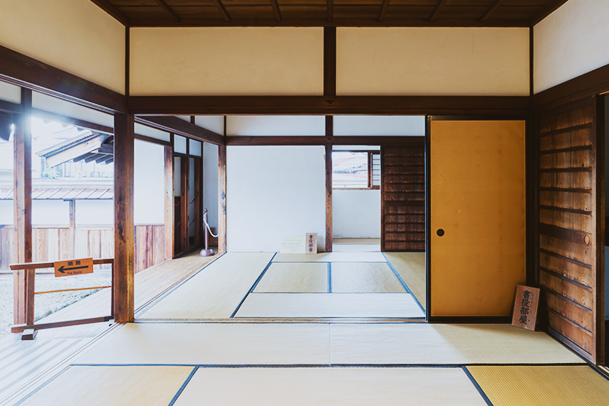
These are the rooms used to create the various documents issued by the provincial governor/magistrate office. The sons of deputy clerks worked in many of these rooms as office apprentices.
8.Guest Room
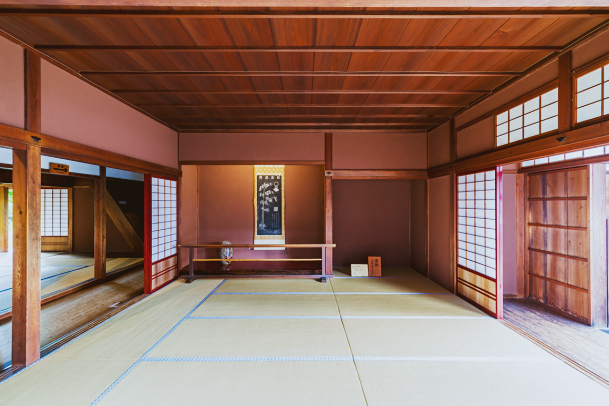
This is the room in which the provincial governor/magistrate would entertain guests. It was also used as a place to consult with subordinates.
9.Living Room
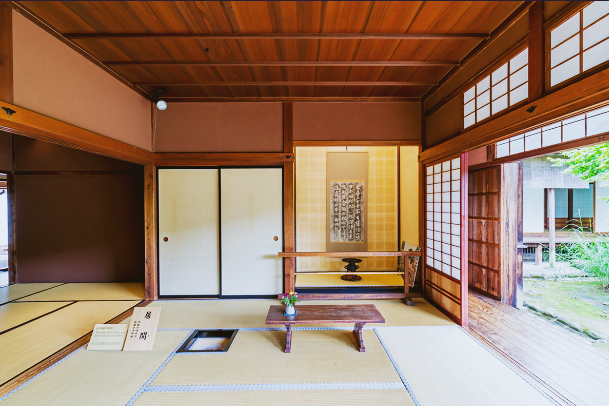
This is the room in which the provincial governor/magistrate would perform his duties during the day.
10.Living Room of the Wife
This is the room for the wife of the provincial governor/magistrate.
11.Living Room of the Head Official
This room was used in the daily lives of the provincial governors/magistrates. A tearoom was established in the back.
See details12.Maids’ Room
This is the room for maids who took personal care of the provincial governors/magistrates.
13.Kitchen
This is the place where the meals for the provincial governor/magistrate and his family were prepared.
14.Reception Hall
This is the largest room in Takayama Jinya. It was used for important annual events such as those at the beginning of a new year.
See details16.Law Court and Interrogation Room
The oshirasu is a place where investigations were carried out and judgments were announced.
See details17.Rice Storehouse
The onkura is a rice granary that stored the annual rice tax paid by neighboring villages.
This is one of the oldest and largest rice granaries (thick earthen wall storehouses) from the Edo period (1603 to 1868) still in existence in Japan. It is currently used as an exhibition facility to showcase the history and culture of Hida.
18.Tatami Mat Borders

There are approximately 40 rooms in Takayama Jinya. Most of these have been laid with tatami mats. However, the tatami mats and borders have been laid in different combinations in each room. It is thought that the status of the room is expressed with the type of tatami mats and borders.

